We’ve all seen that guy in the gym. Grabs the biggest dumbbells and proceeds to throw them around with no regard for form, tempo or even whether he’s still going to have working joints in ten years. But not only is ego lifting counterproductive for building muscle and strength, it’s more likely to land you in the hospital than put you on the path to your goals. Fortunately for you, we’ve broken down everything you need to know about ego lifting, how to nip this bad habit in the bud, and get the most out of your training.
What is ego lifting?
Ego lifting is when someone (yes, we’re looking at you, guys!) attempts to lift more weight than they should for muscle gain and strength increases. While it may look impressive at the time, the result is increased injury and rehabilitation in most cases.
How do you know if you’re ego lifting?
There are a couple of dead give-aways that someone is prioritising load over form, including:
1. Going too heavy
One of the biggest indicators of someone ego lifting is using a load that is too heavy for their goal. It is not uncommon to see guys in the gym claiming to train for muscle growth but using a load that only allows them to perform 1-5 repetitions. While current research supports that heavy load training improves one-rep maximum strength; the research is not as clear cut when it comes to muscular hypertrophy[1]. In fact, most of the research suggests low-to-moderate load training to be as equally effective at building muscle as heavy load training[2].
2. Poor control and technique
Another tell-tale sign of ego lifting is poor control and technique. Going too fast, bouncing out of the top and bottom positions, swinging other body parts around to generate momentum, and jerking the weight around are all dead giveaways.
Of course, there is always a time where a grip-it-and-rip-it mentality is needed, especially if training for contact or combat sports, but for most trainees seeking muscle growth and increased gym-based strength, these techniques are best avoided.
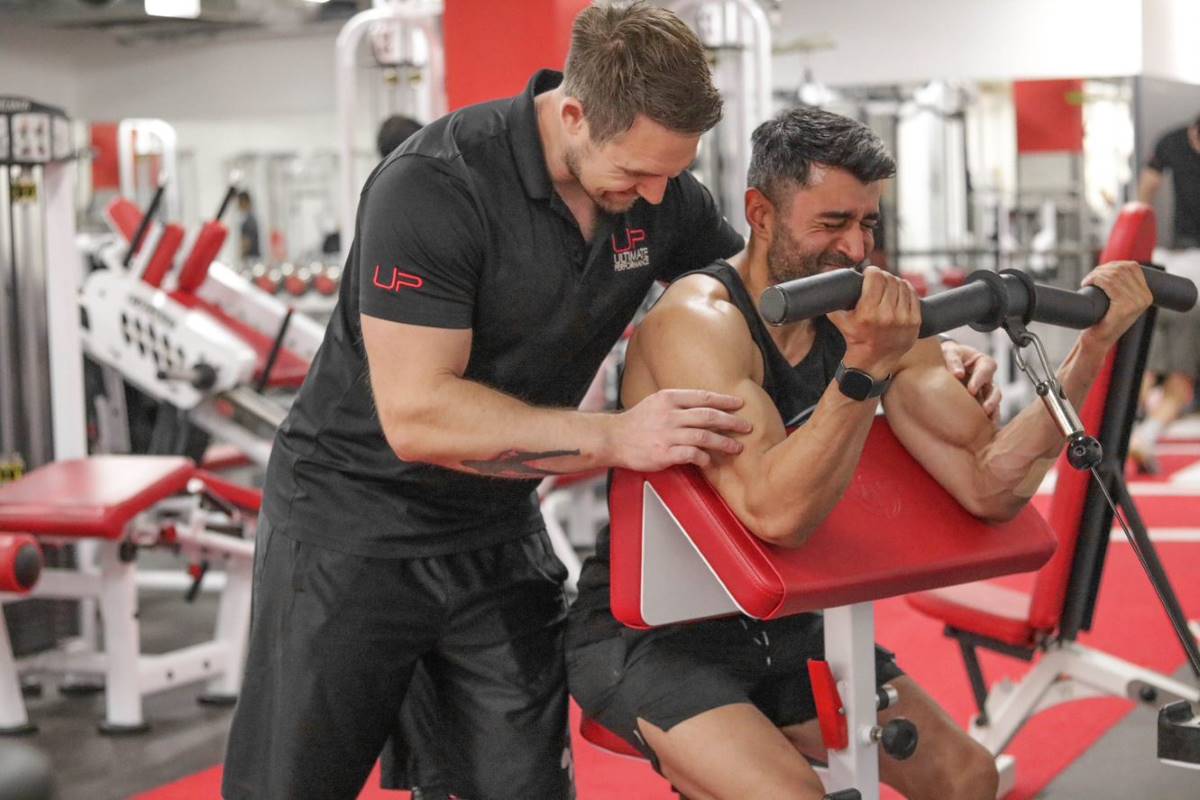
Always train with control of the weight with proper technique for safe and effective training.
3. Partial range of motion
A common sign that someone is lifting with their ego is a reduction in range of motion. We’ve all seen that guy load the leg press with 500+kg only to perform two to three inches of movement. The same applies to the barbell squat, where people will not hesitate to throw another plate or two onto the barbell, only for them to quarter-squat the weight. Needless to say, if you cannot control the weight throughout a full range of motion, the weight is likely too heavy for your current strength levels. You’d be far better off reducing the load and moving consistently through the range of motion you have available.
4. Excessive range of motion
Conversely, excessive range of motion is also a sign that you might be lifting with your ego. Consider the barbell squatter who squats so deep that his lower back starts to round or the bench presser whose shoulders round over as they attempt to bring the bar to the chest. This excessive range often attempts to reduce tension in the target muscle and use other joints and muscles to work through the rep. While this may allow you to use heavier loads, it may result in a reduced stimulus to the target muscles and increase the risk of injury.

Working through the correct range of motion is important to avoid injury.
5. Training through pain
We’ve all heard the saying ‘no pain, no gain’, but is this true, and is this something we should be actively chasing when training? The answer, of course, is it depends on the type of pain. If an exercise results in a typical burning sensation within the muscle, it probably isn’t too detrimental to long-term progress. If, however, a particular load results in a pain that is not the normal burn, such as a dull throb, sharp shooting pain, or a grinding sensation, it’s more than likely a bad thing and should not be dismissed. Look to reduce the load, slow down your movements, or potentially opt for an exercise that is more ‘joint- friendly’ to avoid making the issue worse.
Why do people fall into the trap of ego lifting?
There are several reasons why people fall into the trap of ego lifting.
1. Trying to keep up with others
Whether it’s training with a friend, competing with someone else at the gym, or copying the latest program from your favourite fitness model’s social media page, trying to keep up with others is a fools’ game and one that quickly leads to ego lifting.
While friendly competition is never a bad thing, the gym floor is arguably the most dangerous place to compete with others, especially with those who are bigger and stronger. In most cases, the risk of injury is too high for what is probably a low-quality training effect.
2. Not reviewing and assessing form
While we often lament the guy who films every set, there is some benefit to filming your training. Firstly, it provides an honest and transparent check on technique and execution at any given load. Secondly, it allows for comparisons across a single set from the first rep to last or across sets as the load increases–consistency is key in both cases! If your technique breaks down towards the end of the set, adding more load is unlikely to improve the quality of the work you perform. Likewise, if warm-up and feeder sets are performed across a specific range, then it’s sensible to ensure that your heavier sets are also performed within the same range.
In the pursuit of strength progressions and increased muscle, it’s easy to fall into the trap of increasing load at the expense of correct form. Left unchecked, this could turn what was once a text-book technique into a sloppy, shoddy lift governed only by ego.
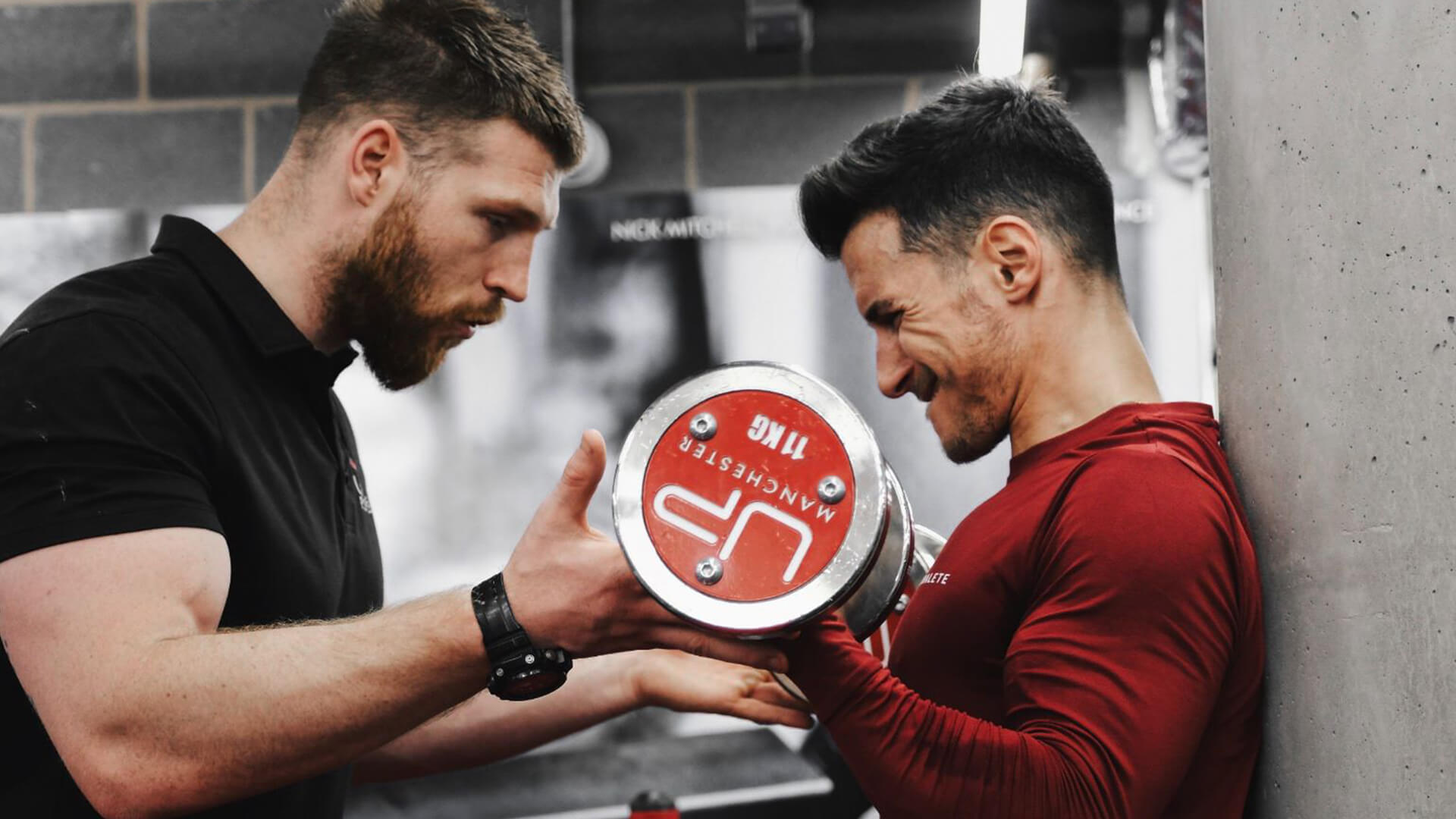
Training with consistent form is important to progress towards your goals.
3. Not learning the correct technique
It’s incredibly common for novice trainees to rush through the initial learning stages of resistance training. While understandable, taking the time to master a wide variety of exercises and perfecting the techniques, focusing on control and ownership throughout the full range of motion will reap better results long term. Not only are you more likely to build muscle and strength, but in doing so, you are less likely to hit training plateaus and sustain injuries. While lifting a lighter load may not seem as macho, it’s important not to underestimate the need for patience and taking pride in how you lift.
4. Believing that more load = increased muscle and strength
Go heavy or go home, right?! Many trainees are under the mistaken impression that lifting heavier weights results in more muscle growth than lifting lighter weights. Interestingly, current evidence doesn’t support this. In fact, when it comes to building muscle, most current research suggests that when overall volume is equated, low load training is just as effective for building muscle as heavy load training[3]. These findings have been shown consistently across beginners and experienced trainees alike[4],[5],[6].
Whether you choose to opt for heavy loads or lighter loads, it is important to remember that load is just one training variable influencing progression. In fact, other training variables can be manipulated beyond loading the barbell with more weight – performing more repetitions, more sets[7], demonstrating better execution, moving the same weight at slower tempos, increasing training frequency and manipulating rest periods are all training variables that allow for progress without needing to lift more load[8],[9].
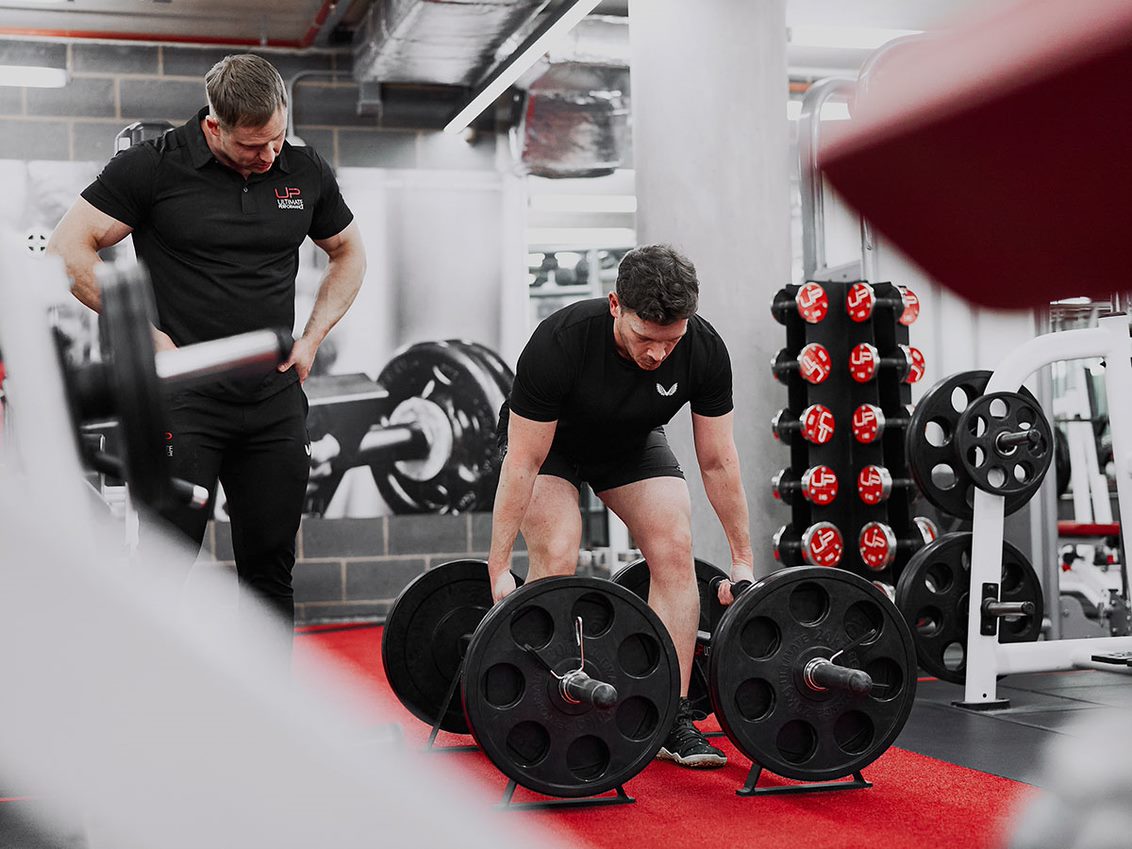
Remember that more load doesn’t automatically mean greater gains.
Why is ego lifting bad?
1. Increased risk of injury
First and foremost, the biggest downside to ego lifting is the increased risk of injury. It’s not a matter of whether you will or won’t hurt yourself; it’s a matter of how and when.
As mentioned, ego lifting generally involves lifting with poor technique, with loads that are too heavy across either partial or excessive ranges of motion. This increases the risk of injury through exposure to excessive forces for which muscles and joints are unable to tolerate. These forces load either the supporting connective tissues holding the joints together (e.g. Tendons, ligaments) or the joint structures themselves (e.g. bone, cartilage). This can cause irritation, inflammation, and in some cases, can lead to tears, sprains, ruptures, and arthritic development.
While we all like to think we’re not dumb enough to become ‘that guy’ who quarter-squats or performs three-inch leg presses, what we fail to appreciate is it often only takes a small break down in form or a slight loss of control which, over time, will eventually lead to injury.
2. Decreased stimulus of target muscles
The second biggest downside to ego lifting is the decrease in quality stimulus on the working muscle. There are three main ways in which ego lifting affects the quality of stimulus received while training.
3. Reduced time under tension
There are three mechanisms linked to muscle hypertrophy:
1. Mechanical tension
2. Metabolic stress, and
3. Muscle damage.
While heavy loads can be effective at increasing mechanical stress, often the use of heavy loads associated with ego lifting results in sets that take less than 30 seconds to complete, limiting the overall stimulus. This reduced time under tension also reduces the amount of metabolic stress placed upon the muscle. Lifting heavy weights all the time for sets that are short in duration can therefore limit muscle growth. In practice, sets lasting 30-60 seconds are considered more appropriate if muscle growth is your goal.
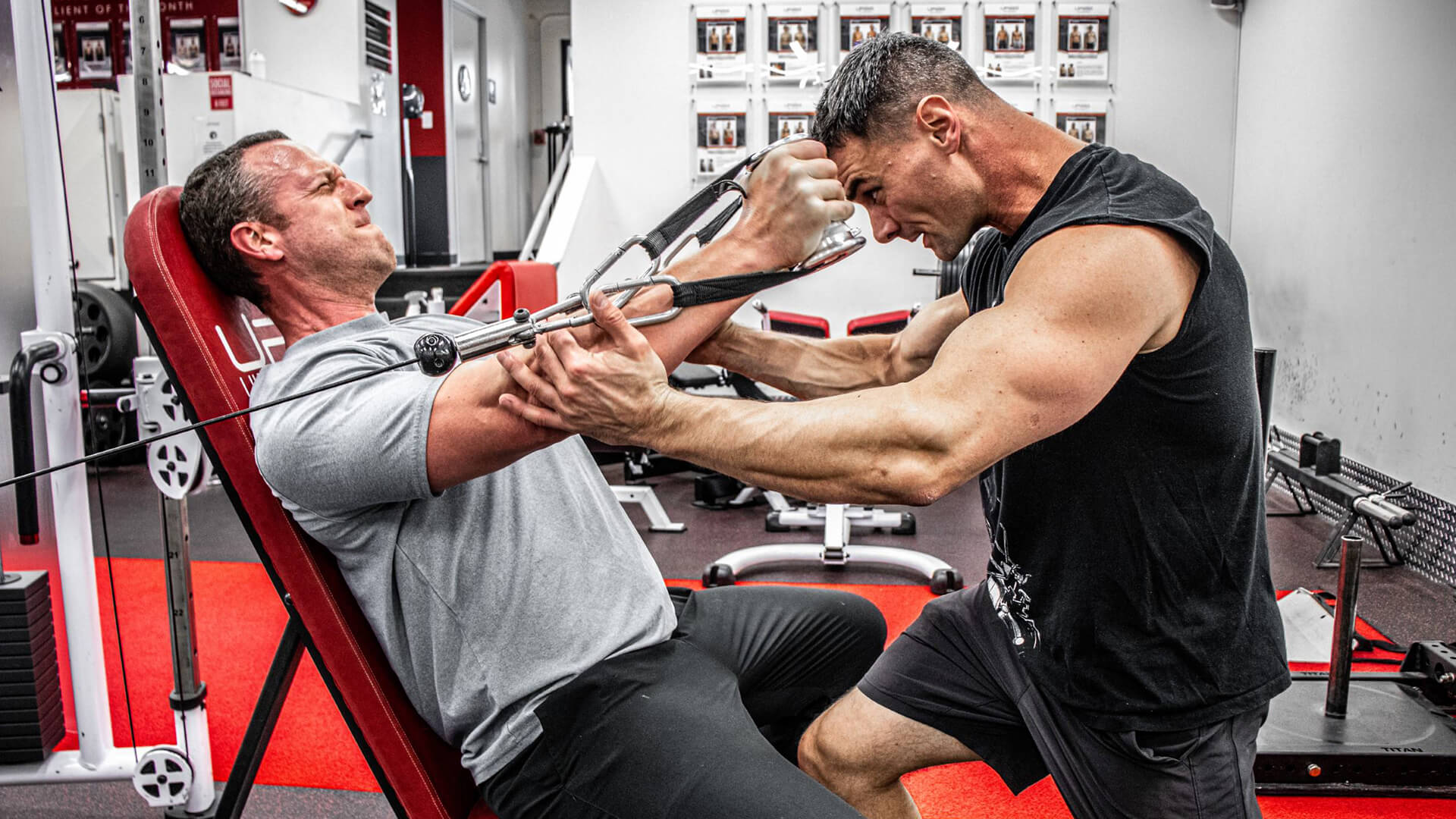
Lifting heavy weights all the time for short-duration sets can reduce time under tension and limit potential muscle growth.
4. Lack of eccentric control
Whenever a person lifts a weight that is too heavy for them, you can pretty much guarantee they will rush towards completing the rep and finishing the set. Often, this involves fast, rapid movements, especially during the eccentric (i.e. the lowering) portion of the rep. This makes sense – to complete the reps and set with a load that is too heavy, the trainee will seek movement efficiency by avoiding muscular work.
Going down in a squat, lowering the bar towards the chest in a bench press, or lowering the dumbbell during a biceps curl are all examples of the eccentric portion of the repetition and all parts of the movement that trainees often neglect.
Avoiding the eccentric portion can be counterproductive for muscle growth and may produce suboptimal results. Research has proven that eccentric control is slightly more important than concentric when it comes to causing muscle damage (one of the three mechanisms of muscle growth). Muscle fibres experience significant damage during the lowering portion, and as a result, grow bigger and stronger[10].
Alongside increased muscle damage, eccentric training also increases mechanical tension, often resulting in more muscle growth when compared to concentric-only training.[11],[12] This reinforces the notion that eccentric-focused training should not be avoided with hypertrophy-based goals.
To control the eccentric, you may likely need to try a slower tempo. Typically, at least a three-second count is used to lower the weight, although eccentric portions lasting 3-6 seconds are equally effective.[13] Alternatively, ask yourself this – are you able to pause the eccentric at any moment, thereby demonstrating control? Or are you making the mistake of letting the weight move under its momentum or the action of gravity? For many, it’s often the second option, which could be limiting your progress.
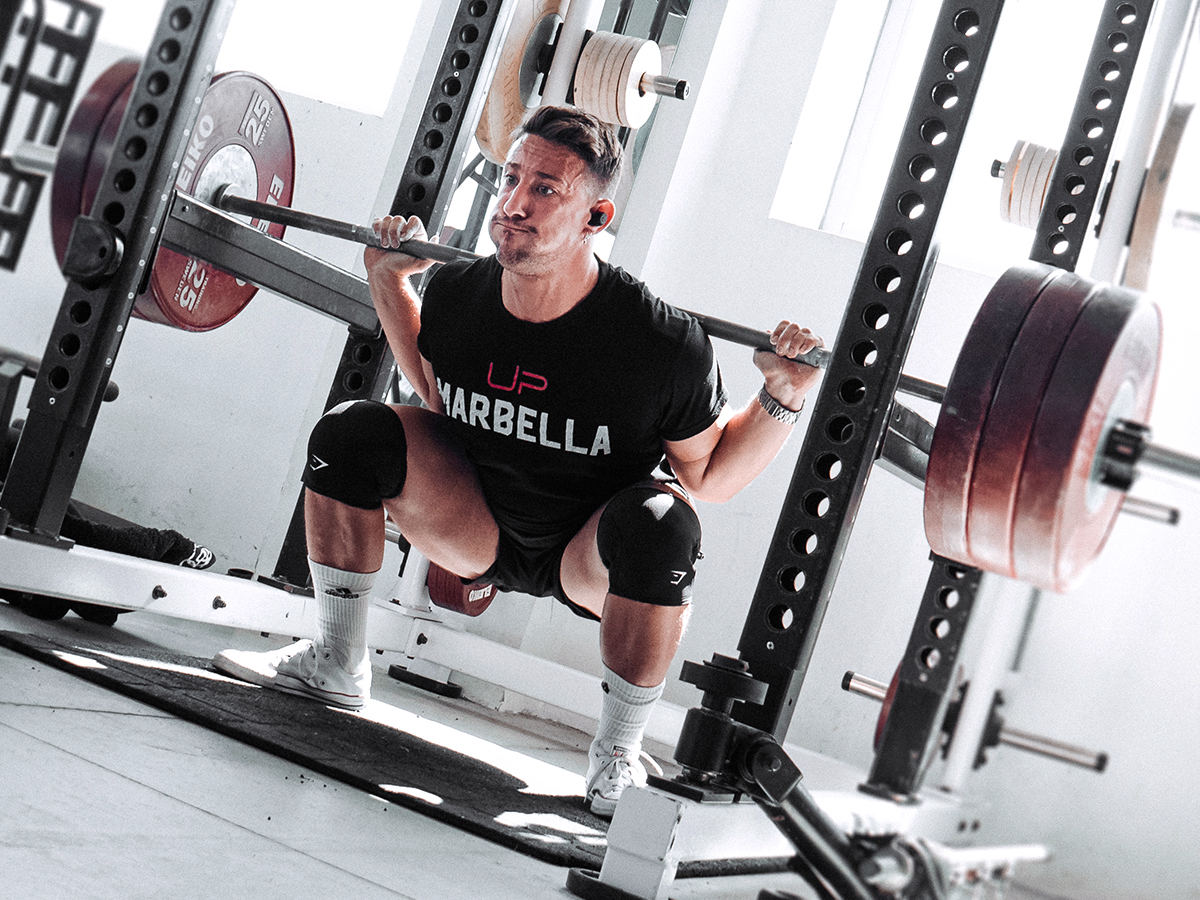
Focusing on a controlled eccentric portion of the rep will help improve your results.
5. Too much involvement of other muscles
When the weight is too heavy, it’s common for trainees to compensate for their lack of strength by involving other body parts and muscle groups to complete the rep. Ironically termed ‘cheat reps’, the only thing they are cheating is themselves out of potential gains!
Common examples of ‘cheat reps’ include using the anterior deltoid to swing the dumbbell or barbell during biceps curls. While not inherently bad per se, it simply doesn’t serve the purpose of the exercise, which is to isolate the biceps directly. Another example is the movement of the spine and hips during a seated row. While it may help to move more load, using other muscle groups reduces the overall stimulus on the target muscle by spreading the demands of the load across more body parts and reducing the build-up of metabolic stress.
Often, reducing the load and emphasising time under tension with controlled eccentrics and squeezes can work wonders, especially for single-joint, isolation-based movements. Opting for exercise variations that increase your stability, such as a preacher curl over a standing curl or a chest-supported row over a non-chest supported row, can also increase the quality of the muscular stimulus.
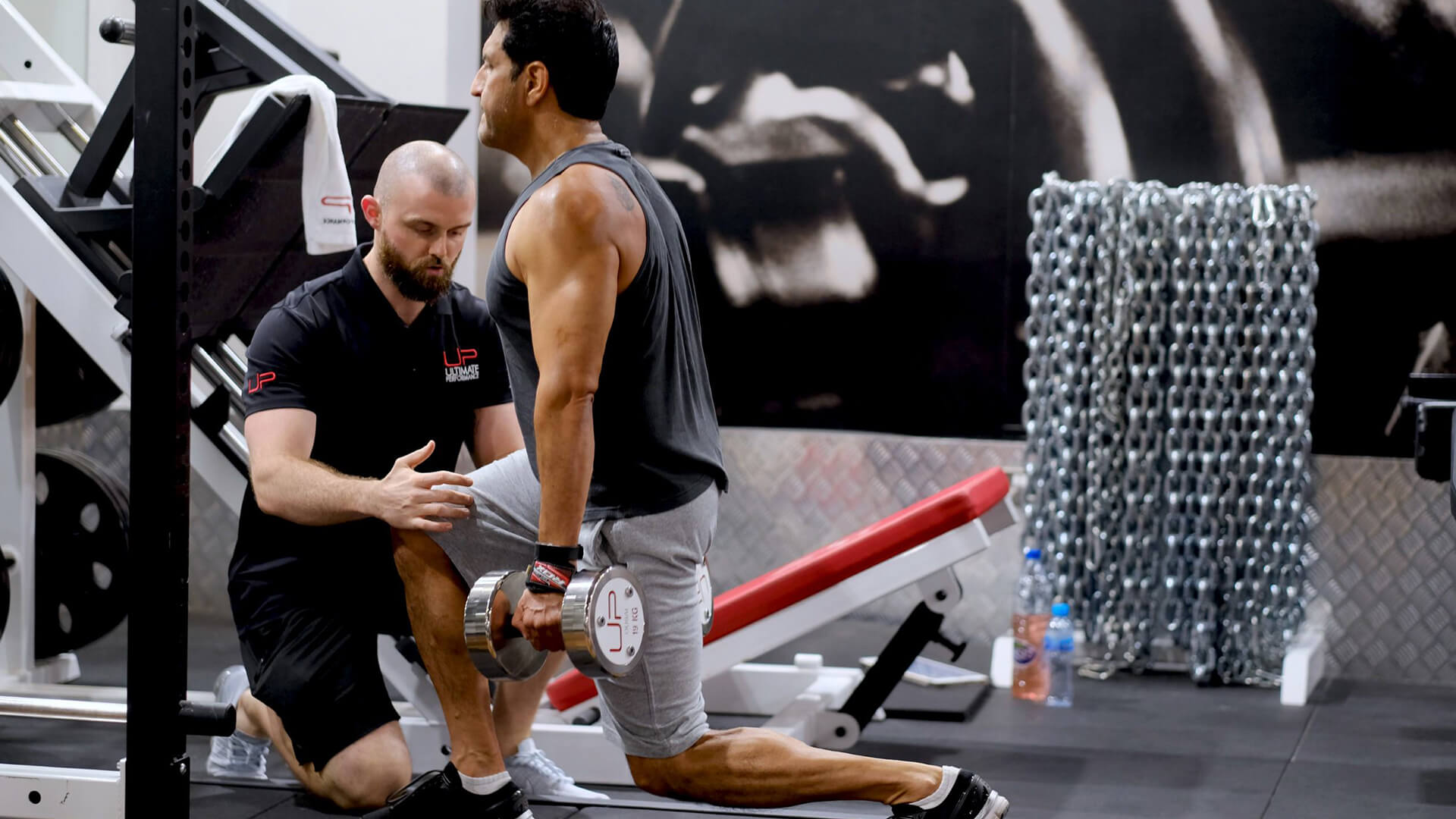
Controlled reps will stop you ‘cheating’ your reps and help focus on the muscle you want to work.
So, what’s the answer if muscle gain is your goal?
1. Use slower tempos
Place a specific emphasis on the eccentric portion and pauses in the most difficult positions of the rep.
2. Use moderate-high rep ranges
An 8-12-rep range is considered the sweet spot for muscle growth, but don’t be afraid to go as low as 8 or as high as 20-25!
3. Train throughout a full range of motion
Establish the range you have available at each joint and through which you can control the load. Aim to keep this range consistent for every single rep.
4. Master the technique
Take pride in how you lift and avoid chasing load for the sake of it.
5. Be patient
Muscle growth is a marathon, not a sprint. It does not occur overnight. In fact, it’s likely to take months, if not years, to build the physique of your dreams. Be prepared for the long haul and ensure that you lift in a way that promotes joint longevity. It’s hard to build muscle if you are constantly injured and your joint health is compromised.
The take-home
While nearly everyone is probably guilty of ego lifting at one time or another, it’s important to remember that ego lifting is not beneficial for long-term gym progress. Poor form can cause short- and long-term injuries and prevent you from gaining muscle and strength. It can also hamper your ability to learn and master exercises, which is a crucial yet underappreciated aspect of continued, long-term progress. So, if you want to fulfil your potential, leave your ego at the door.
Key takeaways
- Ego lifting is tempting but you’re more likely to end up with an injury than increasing your gains.
- Using excessive loads, working through excessive or shortened ranges of motion and training through pain are all tell-tale signs of ego lifting.
- Trying to compete with others, failing to keep your form in check, incorrect load selection and incorrect motor skill patterns could mean you’ve fallen into the trap of ego lifting.
- Not only does ego lifting increase your risk of injury, it decreases the stimulus on the target muscles, resulted in impaired results.
- To maximise your results, focus on training smarter; slow down the tempo, work within an 8-12 rep range most of the time, work through the full range of motion you have available and take pride in masting your technique.
- Most of all, be patient and focus on the long game.
To learn from the world’s leading personal trainers and achieve your goals, click here.



